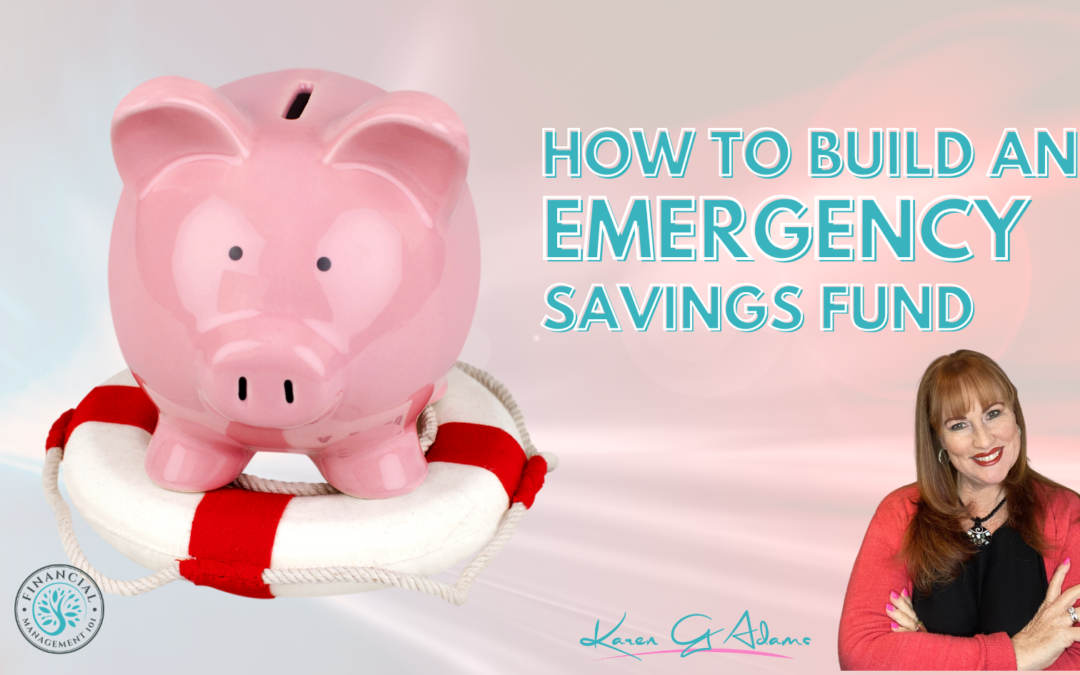Building an emergency savings fund is a crucial step in achieving financial security and peace of mind.
Here are some strategies to assist with building an emergency savings fund:
1. SET CLEAR GOALS
Determine how much you want to save in your emergency fund. It is often recommended to have at least three to six months’ worth of living expenses, but you can start with a smaller goal and work your way up.
2. CREATE A BUDGET
Develop a detailed monthly budget to track your income and expenses. This will help you identify areas where you can cut back and allocate more money to savings.
3. PAY YOURSELF FIRST
Think of the money you save for an emergency fund as a must-have expense. Set up transfers from your regular account, where your pay goes, to your savings account when you get paid. This makes sure that you always save.
4. REDUCE UNNECESSARY COSTS
Review how you spend your money and see if there are any expenses you can temporarily cut back on or stop. Put the money you save into your emergency fund.
5. INCREASE YOUR INCOME
Look for opportunities to boost your income, such as taking on a part-time job, freelancing, or selling items you no longer need around your home. All and any extra income can then be put into your emergency fund.
6. USE BONUSES AND UNEXPECTED MONEY/WINDFALLS
Any unexpected windfalls, such as tax refunds, work bonuses, or cash gifts, can be a great way to jumpstart your emergency fund. Instead of spending this money, save it.
7. OPEN A SEPARATE SAVINGS ACCOUNT
Consider opening a separate savings account specifically for your emergency fund. Look for a savings account that offers a better interest rate than a regular savings account, allowing your money to grow faster.
8. BUILD GRADUALLY
Do not feel like you have to hit your savings goal right away. It takes time to build up an emergency fund. Celebrate small steps along the way to stay motivated.
9. AVOID USING THE FUND FOR NON-EMERGENCIES
Define what you think of as an emergency and promise to only use your emergency fund for real emergencies, like medical bills, car repairs you did not plan for, or losing your job.
10. REVIEW AND ADJUST
Check in on your budget and savings progress. Change your savings goals and how much you put in as your finances change.
11. CONSIDER THE WINDFALL STRATEGY
If you get a big bonus, like an inheritance or money from a legal settlement, you might want to put some of it in your emergency fund to save money faster.
12. SEEK PROFESSIONAL ADVICE AND HELP
If you’re struggling to save or need some help, consider consulting a financial advisor or financial educator who can help you create a savings plan tailored to your specific situation.
Remember that building an emergency savings fund takes time, and it is fine to start small. The key is to develop a consistent savings habit and stick to your plan over time.
Having an emergency fund can give you peace of mind and financial security when unplanned expenses come up.
Interested to learn more? Then head over to the LEARNING HUB and take the 5 Day Challenge or the 21 Day Kick Start program to help you get on your way.





